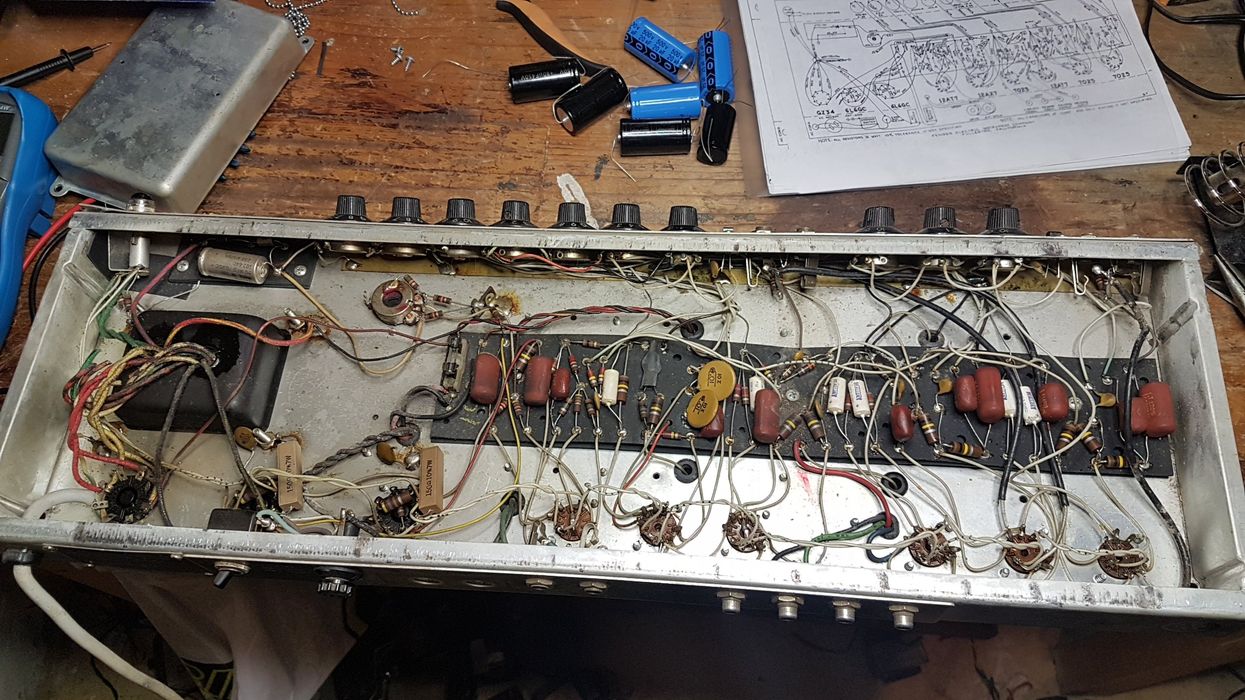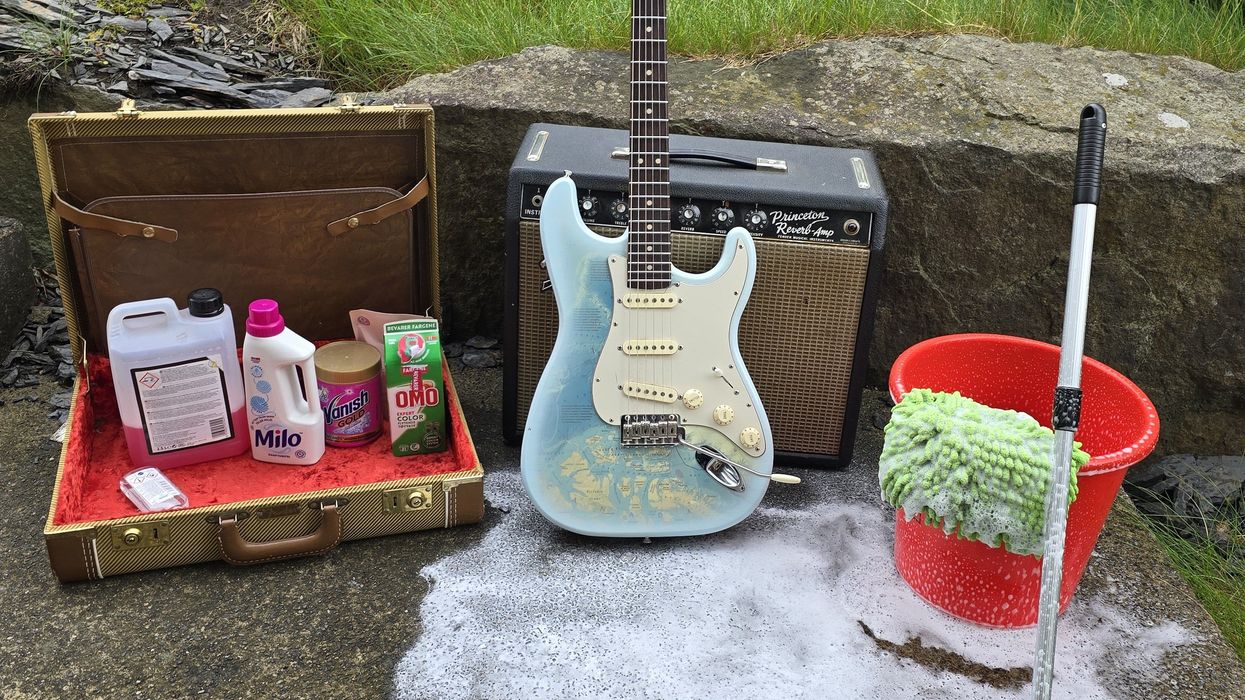Back in 1995, when my journey with vintage Fender amps started, I knew little about tube amps. Over 30 years, I’ve gradually learned the hard way how to acquire, play, service, and give advice. If tube amps are to become a hobby for you, I recommend learning some basic maintenance. You’ll be better off in terms of time and money, and even more important, the knowledge about how circuits and components affect tone will give you a wider array of sounds to play with. But where should you start?
Here’s my list of relevant topics that you should be able to master with a little patience and curiosity. My goal is to get you started on your journey to becoming a Fender amp handyman. The topics are sorted by gravity, and you’ll need in-depth studies from reliable sources on each topic. On my website, fenderguru.com, I’ve tried to explain things easily for musicians, but there are many other good Fender amp resources out there.
Safety. First and foremost: There are lethal voltages inside tube amps, much higher than in transistor amps—even after powering some of them off. Learn how to discharge DC voltages before opening an amp. In my website’s buyer’s guide to vintage Fender amps, I have laid out a procedure on how to safely power off and power up these amps by inserting tubes in a specific order.
Speakers. I strongly recommend learning impedance and wiring methods and experimenting with various internal speakers and cabinets. The mathematical formula 1/Rt = 1/R1 + 1/R2 calculates the total impedance for two speakers coupled in parallel; Rt is the total impedance, and R1 and R2 are the impedances of the two speakers. Remember that all Fender amps can tolerate an impedance mismatch from -50 percent up to +100 percent.
Pots and jacks. Fixing scratchy pots is a common task for all amp owners and is usually solved by a rotating exercise that freshens up the oxidized metal surfaces inside the pots. If it’s sticky, get yourself a contact cleaner like WD-40 and spray inside the pot.
“When you get more advanced, you can calculate specific bias currents based on measured plate voltages and a specific tube’s dissipation factor.”
Reverb tank. Reverb failure is common and often explained by bad phono cables or plugs. It is easy to learn the mechanics of the reverb tank by simply unplugging everything, changing cables, and opening the reverb tank to look for detached reverb springs and broken soldering joints.
Replacing power tubes and adjusting bias. A power tube requires a correct combination of plate voltage and bias current to operate safely and at full power levels. Since there are different tubes, component drift/variation in caps and resistors, and different voltages in houses and buildings, some tube amps come with an adjustable bias pot.
You need a bias-meter tool to measure bias currents or voltages when replacing power tubes, or diagnosing an amp that lacks clean headroom or has nasty distortion. When you get more advanced, you can calculate specific bias currents based on measured plate voltages and a specific tube’s dissipation factor. Until then, a general rule is to aim for 35 mA for 6L6 amps (except for the Vibrolux, which has a higher bias current at 38 mA) and 22 mA on 6V6 amps. Use your ears, too!
Caps. Old, dried-out electrolytic capacitors should be replaced for both tone and safety’s sake. With a soldering iron, it’s very easy to replace each of the 10 to 11 caps in a black- or silver-panel Fender amp, one by one. Be careful with the polarity, and make sure to drain out all DC voltages (see “Safety,” above).
Preamp tubes. Replacing preamp tubes is easy—no bias adjustment is required. Replacing preamp tubes systematically can solve your problem or help you narrow it down. You then need to learn the function of each preamp tube and which channel they serve. If you want to modify your amp, simple tube swaps can easily change the behavior of your amp, like altering the threshold where your preamp or power amp starts breaking up.
Transformers. I rarely come upon damaged transformers, but sometimes I swap them to get a bigger and firmer bass response, or if I want different speaker impedances. By looking at the soldering job, cutting of isolation, wire lengths, and layout, I can easily spot an amateur’s work. To prevent all kinds of safety, hum, and interference problems, a transformer replacement must be done cleanly and robustly. The risks are high.
Understanding the signal chain. If you have more complex problems that tube replacement doesn’t solve, you must learn how to inspect an amp and isolate problems to various circuit functions. This will require you to learn some circuit theory and schematics. The good news is that since Fender amps are all very similar, once you learn to work on one, you can easily learn to work on them all.

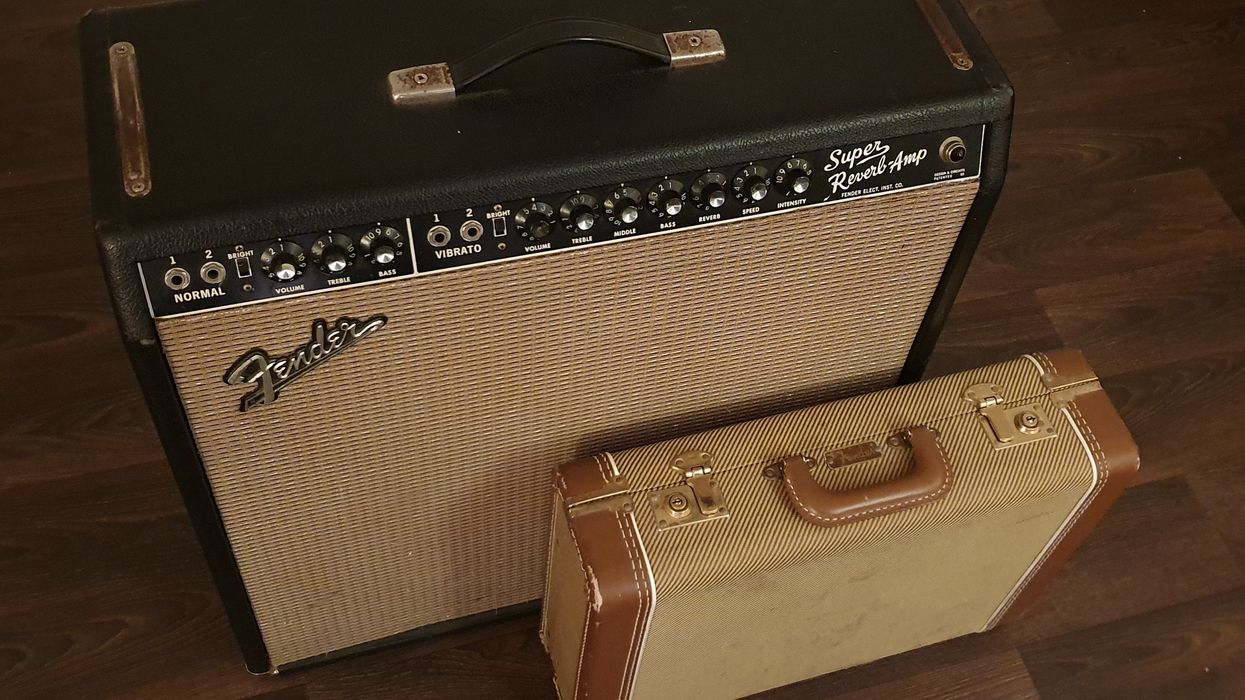
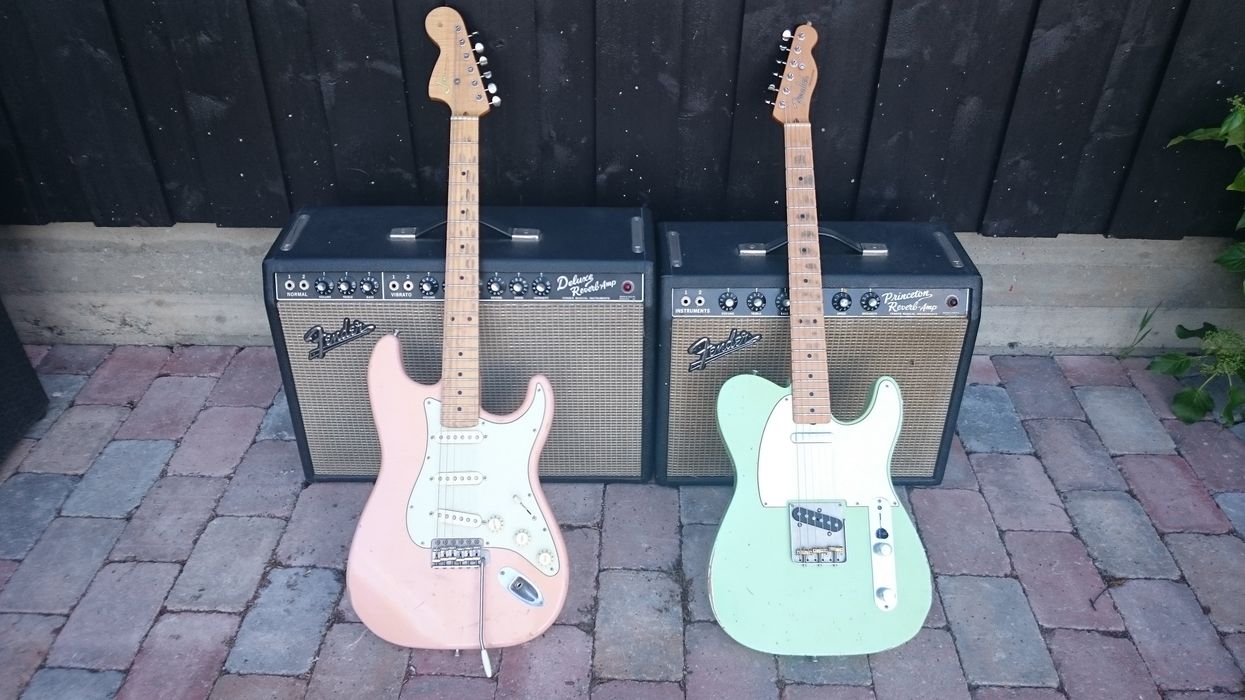
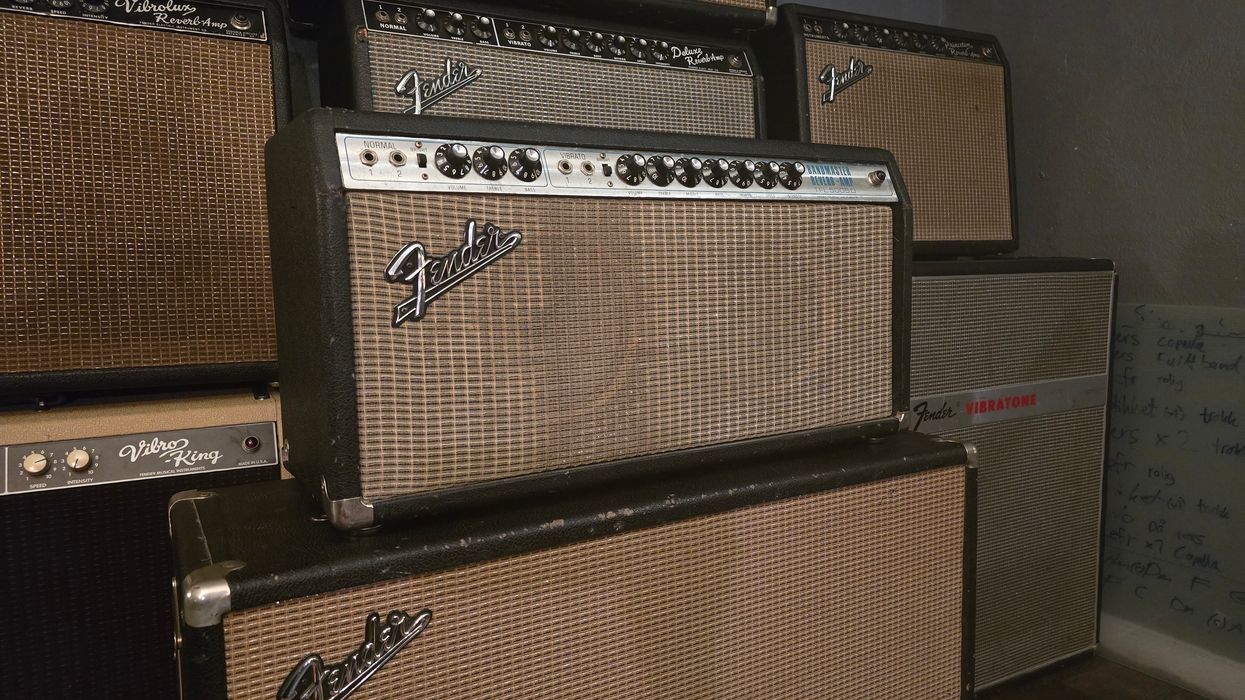
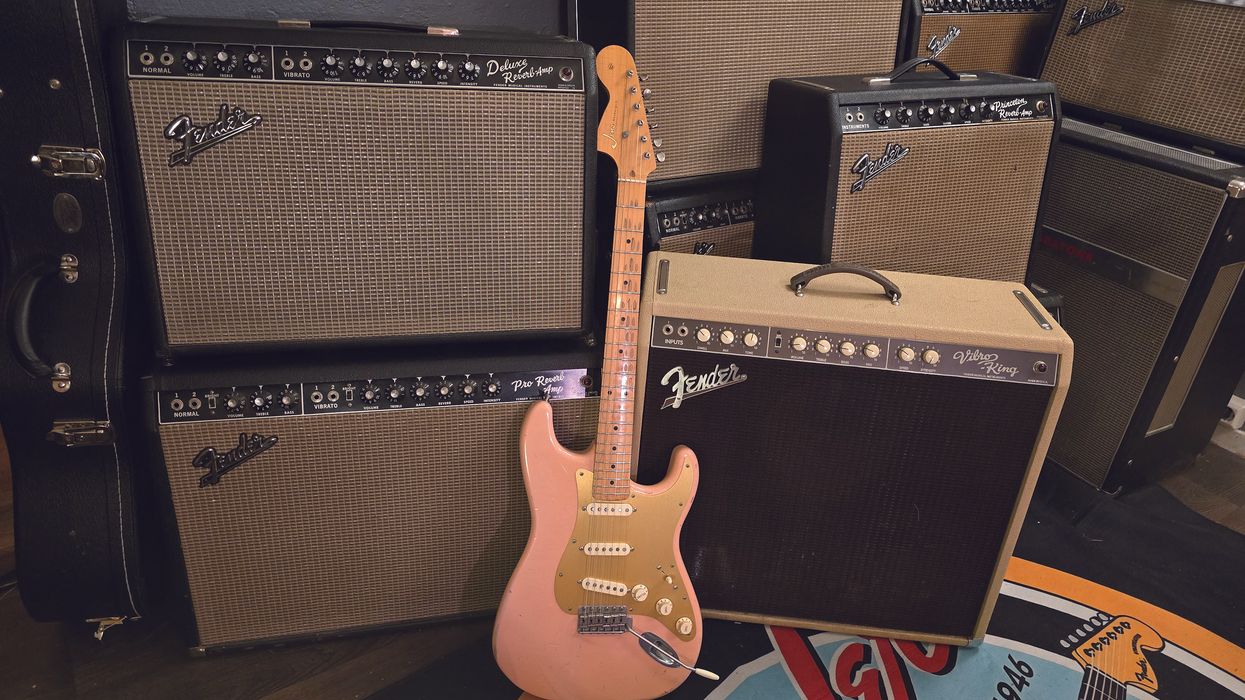
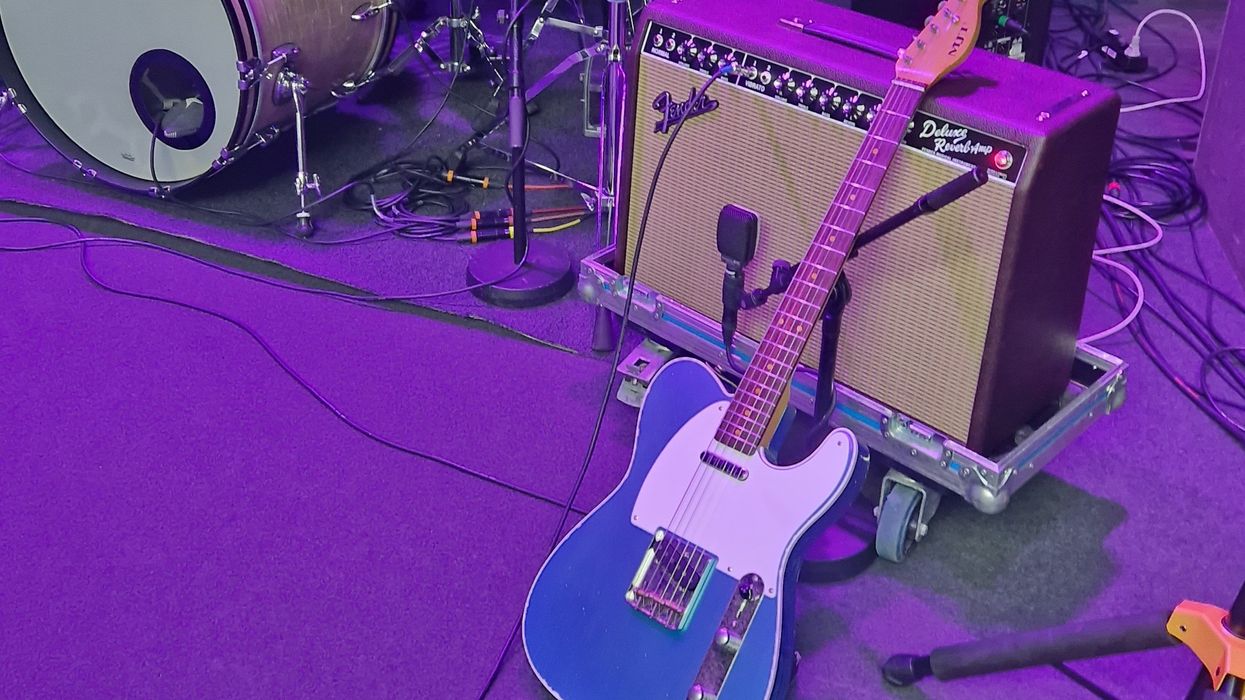




![Devon Eisenbarger [Katy Perry] Rig Rundown](https://www.premierguitar.com/media-library/youtube.jpg?id=61774583&width=1245&height=700&quality=70&coordinates=0%2C0%2C0%2C0)

